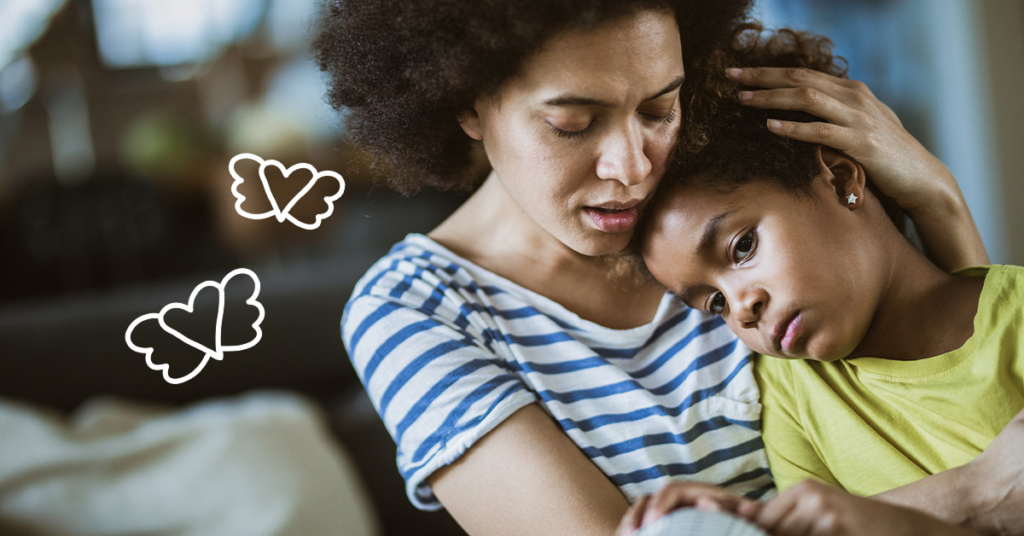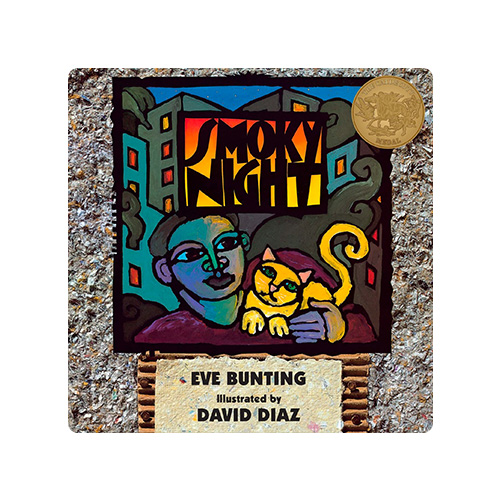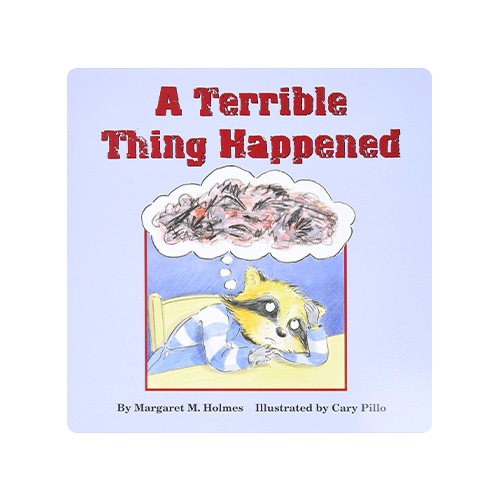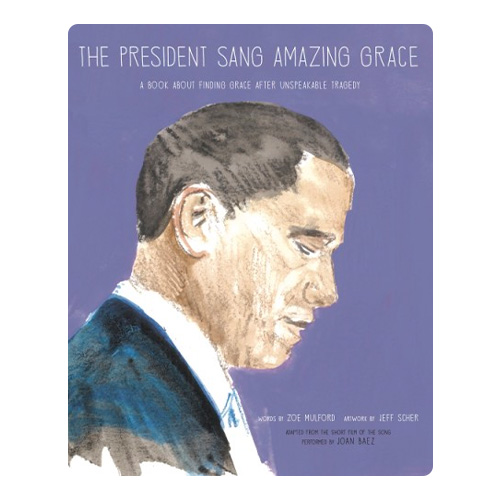- Social & Emotional
Talking to Kids about Conflict, Tragedy, or War

If my child isn’t bringing up these issues, should I talk about it with them?
Whether through media, conversations with their friends, or overhearing conversations by adults, children are exposed to news of global crises, including war, gun violence, disasters, and other tragedies. These topics can be scary for children of all ages, especially if they do not fully understand that they are safe and that someone will protect them. But, knowing you’re there for them will help to ease their worries and share emotions, such as fear or sadness, that they could be experiencing. Child development experts note that these conversations about “tough topics” with your child are invaluable; they build a sense of trust, safety, well-being, and ability to manage difficult feelings. How you bring up these incidents and how much you explain will vary depending on your child’s age. The younger the child, the fewer details are necessary. In all cases, it is important to follow your child’s cues about how much information is enough, and what may be too much.
How do I explain violence in the media to my child?
You can start by asking your child what they already know or think, especially if they have brought up the topic themselves. For a younger age group, a simple explanation with an emphasis on safety is key. Depending on their level of development between ages 2-7, children may not be able to separate their own experiences from content they see on TV or a discussion that someone else is having. As a result, they may not be able to understand whether they are safe or not.
Talking Tips
If the incident is not local, you can say something like, “We are far away, and even though it may feel scary, we are safe, and your grownups are here to take care of you.” If war, conflict, or the incident is or was nearby, you can say something like, “It is okay to feel afraid. We can talk together about any feelings you have. It is my job to keep you safe, and I will protect our family.”
What do I do if my child asks, “Why are people fighting or hurting one another?”
You can start by asking your child what they already know or think, especially if they have brought up the topic themselves. For this younger age group, a simple explanation with an emphasis on safety is key. Depending on their level of development between ages 2-7, children may not be able to separate their own experiences from content they see on TV or a discussion that someone else is having. As a result, they may not be able to understand whether they are safe or not.
You could say something like, “Sometimes when grown-ups do not agree on something, they end up fighting for different reasons or hurt each other, and that is dangerous and not right. That’s why when we disagree about things with our family and friends, we use our words to talk about it.” As always, while you talk with them, make sure your child knows they are safe with you, and that it is normal to feel scared or sad about it.
Should I show or hide pictures or news clips from my child?
It depends on the incident or ongoing situation. For instance, in the case of a war, you could show them pictures of people and leaders in the involved countries, but it is not a good idea to expose them to images or videos that appear too scary (specifically pictures that include blood, weapons, people who are hurt, and other related images). It’s okay to share pictures of people who may look sad or scared along with pictures or videos of others trying to help.
The younger your child, the fewer photos or news clips they need to see. Picture books can also help explain some of these situations or topics. Please see our book suggestions in the resource section below.
Should I express to my child what I am feeling as a result of the crisis?
Everyone feels scared and worried – and it’s okay to share that with your child. It’s a good opportunity to explain to your child that everybody has big feelings, and that there are many ways to manage and express these emotions. You can model positive ways you may be coping and demonstrate strategies you use. For younger children, use simple emotion words. You can talk about feelings in the body (sad, tummy hurts, happy, etc). For example, “When I learned about what happened, I felt very sad, and my tummy hurt too. It’s okay to feel sad sometimes. How do you feel?”
Older kids can tolerate more complexity, so you can share the concept of having multiple feelings at once, as well as more complex emotions such as surprise, disappointment, or gratefulness. You could say something like, “When I learned about what happened, I felt sad and surprised that it was happening. I also felt grateful that I was here and safe with my family. It is okay to feel sad and grateful at the same time.”
Together with your child, you can practice skills you use when you feel the emotions discussed. Examples could include deep breathing, talking about it, drawing or writing down what you are scared about or grateful for, taking a bath, or doing something to help.
How can I help my child feel empowered rather than powerless in situations like this?
When there are shocking, scary, and sad events happening around the world, it is common for children and adults alike to feel powerless. You can teach your child to use their sadness or feelings of powerlessness by encouraging them to be an upstander – not as a solution to take away any of the ‘bad’ feelings, but in order to make a difference in the world.
To relate back to the specific event, you could say something like, “Situations like this can happen in different places. Since we are safe, we can do things to help the people involved feel safer and to be with their families – like send them food and money or letters.”
You can also use the opportunity to take action together and involve your child in the process. With the 5-7 age group, you can provide more detail on what the help will do and give them a slightly larger role in the process. For example, if you are writing letters, you may let your 5- to 7-year -old lead the process of coming up with something to say and writing it down (with you steering as needed). With a 2- to 4-year-old, they may draw a picture and write a couple words that you can guide them through.
To relate back to the specific event, you could say something like, “Situations like this can happen in different places. Since we are safe, we can do things to help the people involved feel safer and to be with their families – like send them food and money or letters.”
However you decide to approach these tough topics with your child, know that you are doing your best to help you child feel safe and secure. As a parent or caregiver, it can feel overwhelming to have these conversations, especially if you have your own big feelings about them. Know that it is okay to take your time and to say “I don’t have the answer yet” or “I don’t know; I’ll have to think about that” and come back to your child’s inquiry at a later moment. Remind yourself that you are doing your best!
What are some resources I can use to explain these issues to my child?
- 11 Books to Teach Students About the Refugee Experience
- 20+ Kids Books About War & the Experience of Refugees
- How To Talk With Kids About Gun Violence
- How to Talk With Kids About Scary News
- How to talk to children about shootings: An age-by-age guide
- Talking to Children About War
- Big Heart videos – Noggins (empathy), What Would You Do? (empathy), Where I’m From (identity), Helping Others (helping), Little Things Make the World Better (citizenship)
11 Books to Teach Students About the Refugee Experience
20+ Kids Books About War & the Experience of Refugees
How To Talk With Kids About Gun Violence
How to Talk With Kids About Scary News
How to talk to children about shootings: An age-by-age guide
Talking to Children About War
Big Heart videos – Noggins (empathy), What Would You Do? (empathy), Where I’m From (identity), Helping Others (helping), Little Things Make the World Better (citizenship)
Books

Written by Eve Bunting and illustrated by David Diaz

Written by Janice Cohn and illustrated by Gail Owens

Written by Margaret M. Holmes and illustrated by Cary Pillo

Written by Zoe Mulford and illustrated by Jeff Scher